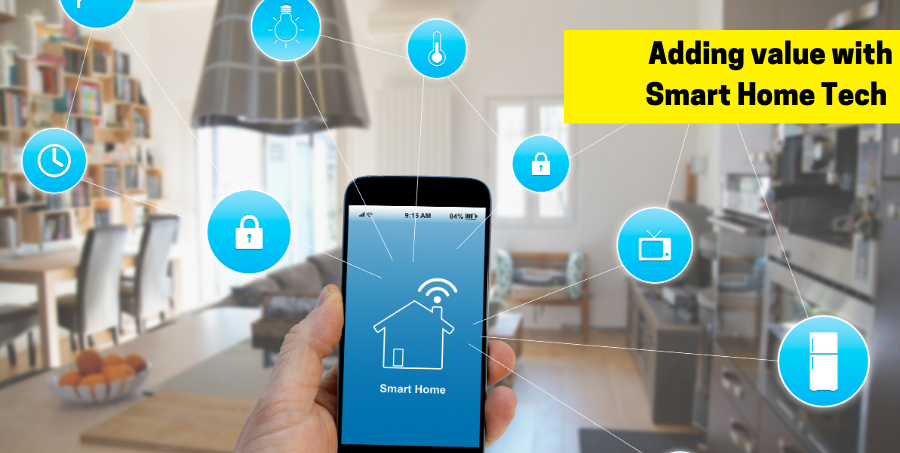How to design a smart home

A wired network adds value to your property
Anyone who has embarked on a home renovation project will be aware that one of the most important considerations for what the upgraded home will look like and how it will function is a well-planned, in-wall electrical cabling outlay. Meanwhile, those looking for a new home, who want to spare themselves the labour of renovation, see the level of electrical installation in the property as a key selling point.
Despite a grim recession, the property market is in fine fettle, not least because property seekers want the awesome new capabilities that modern ‘smart homes’ can provide.
Here’s a quick guide to what to look for if you want a home like that, and how you might design a structured cabling system for the era of connected devices in beautifully lit rooms, some bathed in glorious high-fidelity audio, and another featuring a 4K-resolution, audially magnificent home entertainment suite.
Electrical planning
Begin by reimagining your property as a tabula rasa. Think of (and sketch out) the optimal layout of furniture and the primary purpose of each space, and then ensure that you position mains sockets and light switches where you need them (your installing electrical engineer will ensure that they’re positioned at the right height from the ground as specified in building regulations).
If you want a mix of overhead/ceiling and ambient (desktop, wall or floor lamp) lighting, for example, it’s a lot simpler to switch either or both circuits on from a single switch rather than stumble around in the dark from one ambient lamp to another.
At this planning stage, getting the distribution of sockets and switches right is crucial. Your walls will need to be chased to run cables to them, and if you decide after the renovation that you need more, you’ll face significant extra costs. Remember that getting a skilled electrician to chase your walls is laborious, messy and not inexpensive, so it’s worth getting it right first time.
Gangs and ways
Make sure that you understand the ‘taxonomy’ of switches. Talk of gangs, ways, toggles, rockers, dollies and dimmers can be confusing to the novice, but they’re easy to grasp once you look into it. A ‘three-gang switch’, for example, simply means that it controls three different circuits. ‘Gangs’ just mean the number of switches on the wall plate, while ‘ways’ refer to the number of switches controlling the lights. This just means that if you have two switches in a space turning the same light circuit off or on, you have a one-gang, two-way switch.
Think carefully about bedrooms: it’s more convenient, for instance, to have a conveniently positioned wall plate on either side of a double bed (just a few inches away from the bed and slightly above the bedside tables) as well as at the door to control separate overhead and ambient light circuits.
‘Rockers’, ‘dollies’ and ‘toggles’ simply refer to the style of the switch: a dolly or toggle features an on/off projected lever to give a more ‘traditional’ look than a more modern rocker (the conventional flat bar that can be pushed down at one side or the other to turn the light on or off). Dimmer switches can gradually lower the brightness of a light by altering its voltage waveform.
USB ports
We live in a digitally connected world, which means that most households have a proliferation of rechargeable connected devices. Having a few sockets with additional USB ports is a worthwhile addition, perhaps especially in the kitchen.
Know the rules of electrical installation
In Britain, Part P of the Building Regulations distinguishes between jobs that are ‘notifiable’ and those that are not. If a job is notifiable, it means that it must be undertaken (or subsequently certified as safe if done on a DIY basis) by a registered, competent person, which usually means a qualified electrical engineer who belongs to the NICEIC.
Notifiable work includes the installation of new circuits, replacement of domestic circuit boxes or fuseboards (‘consumer units’, which today must be housed in metal enclosures) or electrical installations in ‘special locations’ (usually, this means parts of bathrooms: water and electricity really need to be safely insulated from one another).
For those who are also considering creating a home cinema or home entertainment room, or want a variety of wall plates for HDMI cables and USB cables, check out the fantastic range of wall plates – some fully assembled with cables already attached, and also a broad range of specialist audio-visual wall plates – available from the UK’s premier cabling assembly and manufacturing specialists, EuroNetwork.

